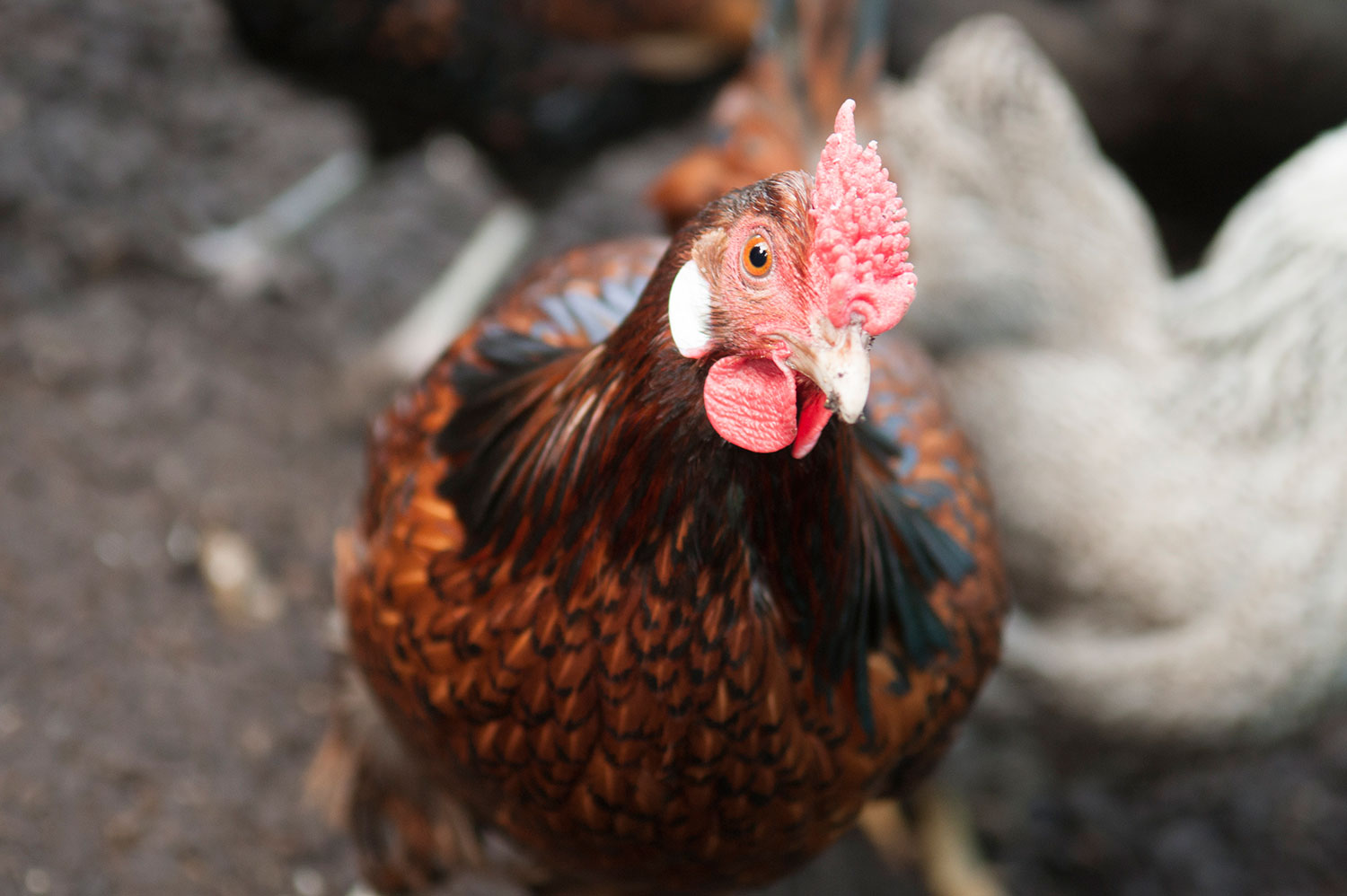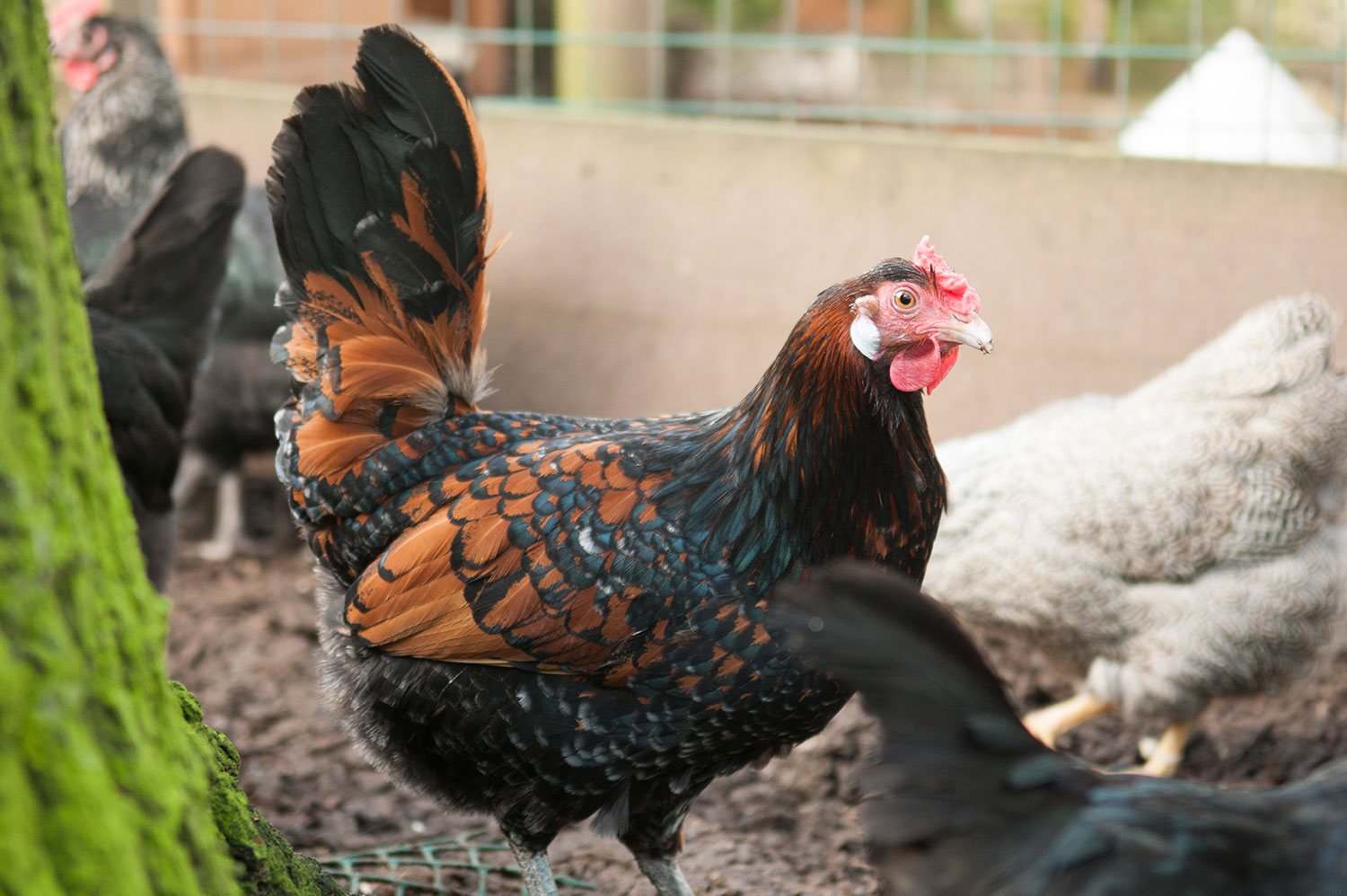About Our Old English Pheasant Fowls
Breed Origin: UK Lancashire/Yorkshire
Uses: Egg Layer Domestic/ small table bird
Weight:Large Fowl: Cock 2.8 - 3. 2Kg Hen 1.6-1.8Kg.
Egg Colour: White
Egg Quantity: 200 per Annum small/medium egg
Breed Colours : Gold and silver. Silver is very rare
Colours available on the Farm: Gold
Temperament:
They are a docile but alert bird. They are small-size chickens, and can be flighty if surprised. They are reasonable layers, and are bright and active foragers. They love a free-range setting but are also fine in a medium size coop. They are perfectly adapted to the North of England and can happily live outside and often will roost in trees if not housed.
. About our birds:
The OEPF on our farm are one of the first rare breeds that we brought to the farm. I was interested in a breed that is local to our area and was kept by my grandparents on their farm in Lancashire in the early 1900’s. It’s so long ago I can’t remember who I bought the original hatching eggs from. I have over the years introduced a couple of different cock birds, from other specialist breeders, to keep the line fresh. We have a breeding flock of about 10 birds and a number of others in the laying flock. We hatch all our stock on the farm for each new season.
Useful to know:
The breed is very nimble, energetic and the flightiest of all British chicken breeds. When mature the OEPF is exceptionally hardy, a reliable layer and also long lived. It has great character and is just what you would expect from a northern farm bird.
The Old English Pheasant fowl originated in Yorkshire and Lancashire and on the fell farms of the old counties of Cumberland and Westmoreland, where they had been known under a wide number of names for hundreds of years. The picturesque names of Golden, Silver and Black Pheasant Fowl, Yorkshire Pheasant, Manchester and Moss Pheasants were used for such birds until poultry shows came along and they gradually became lumped together under the general name of Hamburghs. From this same ancient lineage came the Old English Pheasant Fowl, officially named in 1914, when a specialist breed club was formed. The breed got its name as this chicken type due to its similarity to the wild pheasant (even the chicks are striped like pheasant chicks).
There is no doubt that the breed is extremely old. The Feathered World Year Book of 1915 says "it is known to have been favourite with the northern Dalesmen upwards of 100 years ago".
The male bird has a red rosecomb, set firmly on the head, white earlobes, rich bay and mahogany colouring with striped top and laced breast, slate legs and feet and a graceful carriage. The hen is the same colouring; with crescent-shaped spangle markings.The breed today retains much of its original utility merits as a good layer of white or slightly tinted eggs, whilst producing a plump little table fowl. It is a hardy breed, suited to free range and is recommended for smallholdings or as backyard pets. However, this is a very rare and endangered breed.
Although it is a small and light breed, the Old English Pheasant Fowl is classed as a large fowl and there is, currently, no bantam version.








